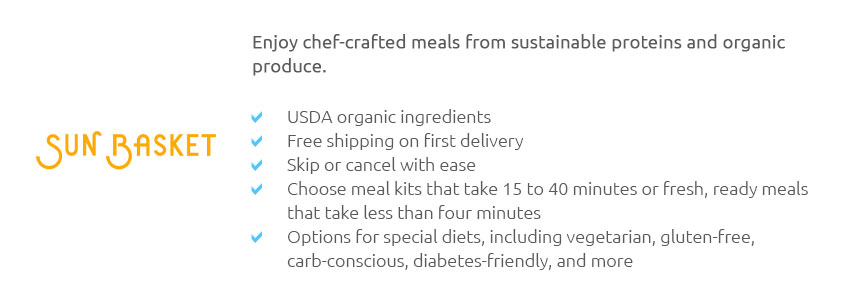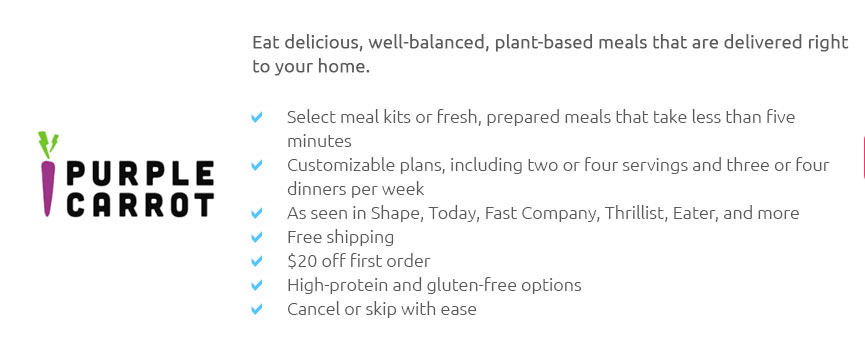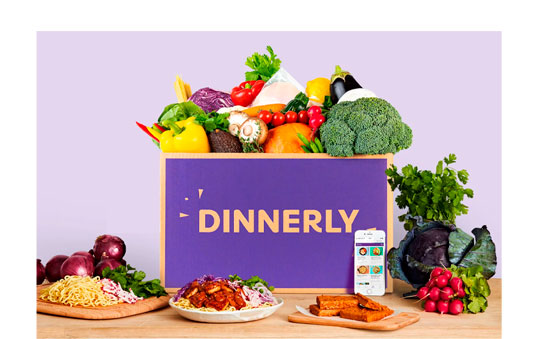 |
 |
 |
|---|
 |
|---|
 |
||||||
|---|---|---|---|---|---|---|
|
||||||
 |
 |
|||||
 |
 |
|||||
 |
 |
|||||
 |
 |
|||||
 |
 |
|||||
 |
 |
|---|
Exploring the World of Food Kits Delivery: A Culinary RevolutionIn recent years, the culinary landscape has been transformed by the advent of food kits delivery services, a modern solution to the age-old question of 'What's for dinner?' These innovative services offer a convenient and often healthier alternative to traditional dining options, providing individuals and families with the opportunity to cook gourmet meals at home with ease. As we delve into the world of food kits, it becomes apparent that they are more than just a fleeting trend; they represent a shift in how we approach cooking and eating. At the heart of the food kits delivery phenomenon is the convenience it offers. In a world where time is of the essence, these kits provide a lifeline to busy individuals who crave home-cooked meals but lack the time to shop for ingredients or plan meals. Each kit is a carefully curated package containing pre-portioned ingredients and detailed recipes, ensuring that even novice cooks can whip up a delectable dish without hassle. The simplicity of this concept is its greatest strength: no more wandering the aisles of a grocery store or scrambling to use up leftover ingredients before they spoil. Moreover, food kits delivery services often prioritize sustainability and quality. Many companies source ingredients from local farms, emphasizing organic and ethically-produced components. This not only supports local agriculture but also ensures that consumers are receiving fresh, high-quality ingredients. Such practices are a testament to the growing awareness of environmental and health concerns, allowing consumers to make informed choices about the food they consume. Another fascinating aspect of food kits is their ability to introduce users to new cuisines and cooking techniques. With an array of options ranging from Thai curries to Italian pastas, these kits serve as a gateway to global flavors, broadening culinary horizons from the comfort of one's kitchen. This exposure to diverse foods and methods can ignite a passion for cooking, encouraging individuals to experiment with ingredients and recipes they might not have encountered otherwise. However, it's worth noting that while food kits offer numerous benefits, they are not without their drawbacks. Critics often point to the cost, which can be higher than buying ingredients individually from a supermarket. Additionally, the packaging required to ship these kits, although often recyclable, contributes to waste, posing a challenge to the environmentally-conscious consumer. Despite these concerns, many argue that the advantages-convenience, quality, and the joy of cooking-outweigh the negatives. In conclusion, food kits delivery services have carved out a significant niche in the culinary world, catering to a society that values convenience, quality, and culinary exploration. They represent a shift towards more mindful consumption, where the act of cooking becomes an experience rather than a chore. As these services continue to evolve, they will undoubtedly influence the way we perceive and enjoy food, making the art of cooking accessible to all. Whether you're a seasoned chef or a kitchen novice, there's something undeniably enticing about opening a box filled with the promise of a delicious, home-cooked meal. https://www.blueapron.com/?srsltid=AfmBOopVaFXCS5eLjK_yZ9-AWtvd7gphnuOQCpaEu5rCvah5MOgOOHW9
Discover affordable culinary delights with Blue Apron's meal kits and prepared & ready meals now featuring the same fresh ingredients you love. https://www.bonappetit.com/story/best-meal-delivery-services?srsltid=AfmBOormcOpHqZ871VvoYpB8oExyPeIhx8hR2On1gwXKWPuw5JjPq5LB
HelloFresh is likely the brand most people think of when they think meal kit. It's aimed at a wide audience but allows you to choose plans ... https://www.homechef.com/?srsltid=AfmBOorVH9tKnnJD2mkcPkVJHNhZzfBdnNsdU81kE52UzHUob9N1b0vr
Home Chef brings pre-portioned ingredients to your door in an insulated box so everything stays fresh and delicious.
|
|---|


